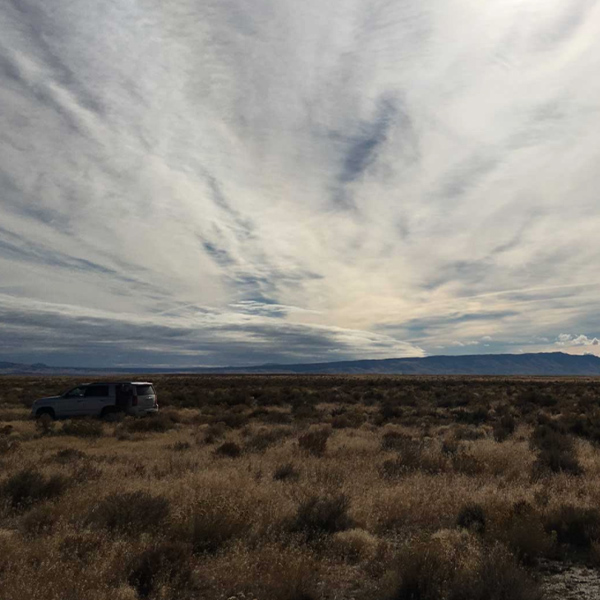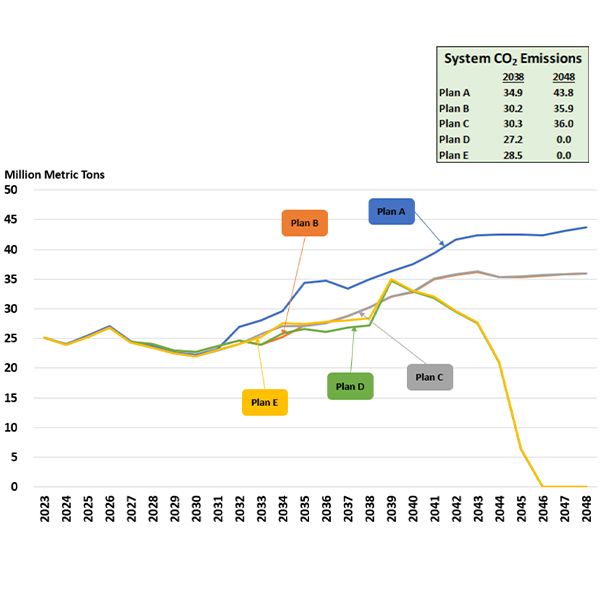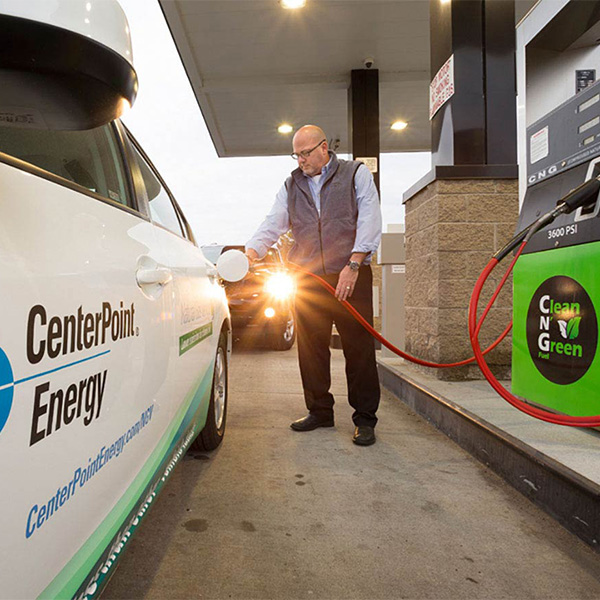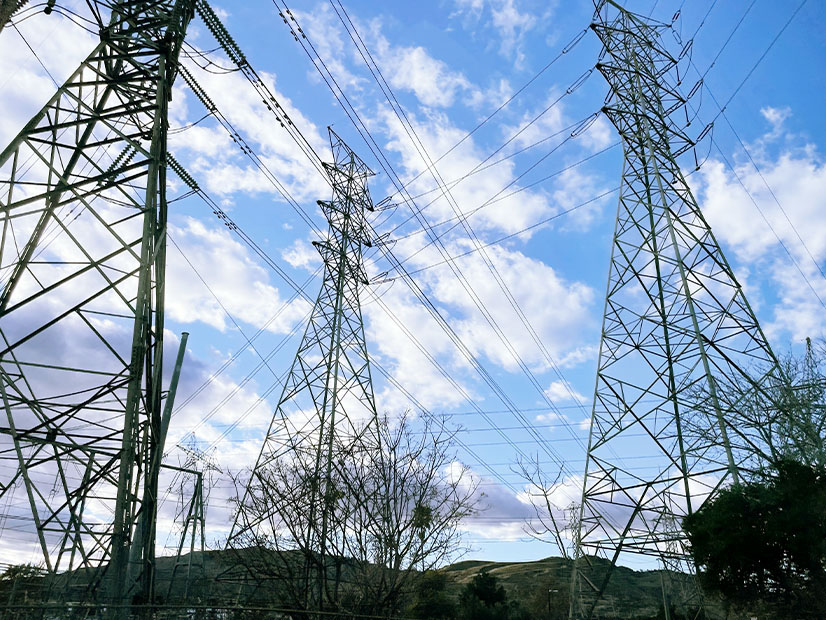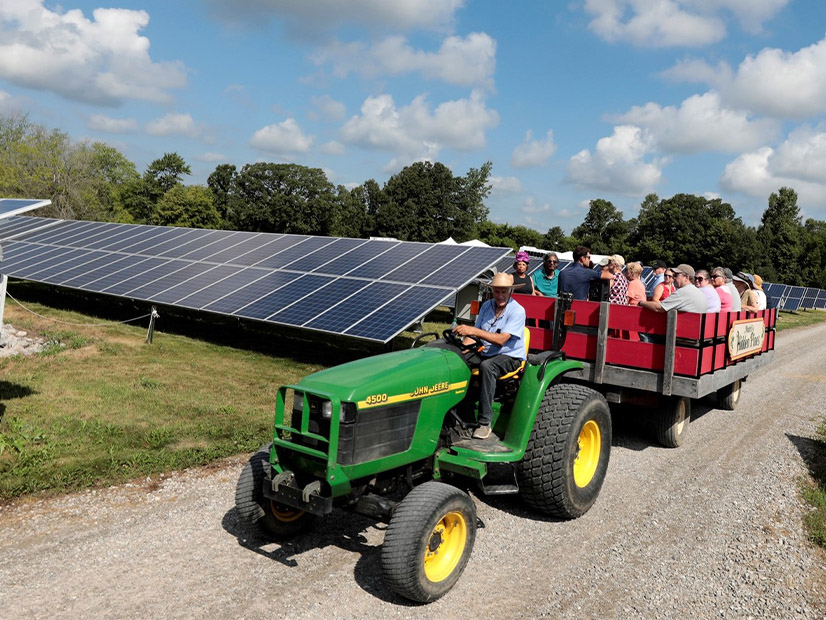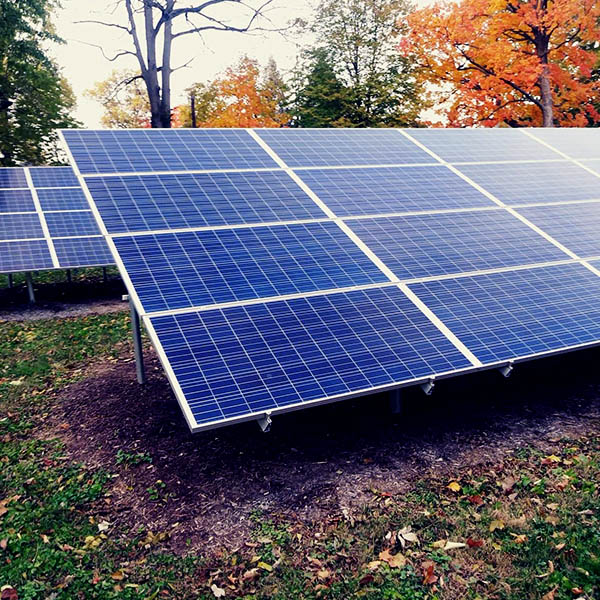integrated resource plan (IRP)
A bill to strengthen the IRP process for Nevada utilities and require them to increase their energy independence has emerged late in the legislature’s session.
NV Energy will keep looking for resources to replace its North Valmy Generating Station after Nevada regulators shot down its plan for a $466 million battery system.
Dominion Virginia’s new Integrated Resource Plan anticipates continued development of solar, wind and storage — and 970 MW of new natural gas capacity.
CenterPoint Energy navigated high interest rates and mild winter weather for a "tremendous start" to 2023 and is on its way to deploying $43 billion in capital.
The California PUC, Energy Commission and CAISO signed an agreement that will help make CAISO's transmission planning more proactive, CEO Elliot Mainzer said.
NV Energy has filed a proposal that would reduce Nevada's dependence on the open energy market through new geothermal, storage and a gas-fired peaker.
DTE Energy unveiled its latest proposed integrated resource plan, pledging to end its use of coal by 2035 and go carbon free by 2050.
DTE Energy executives promised a more aggressive clean energy transition during a third quarter earnings call.
None of the major utilities in the Southeastern U.S. are on track to decarbonized by midcentury or even by 2070, SACE indicated in a recent report.
Regulators approved an agreement that will end CMS Energy’s use of coal-fired generation by 2025 and boost development of renewables and storage.
Want more? Advanced Search

